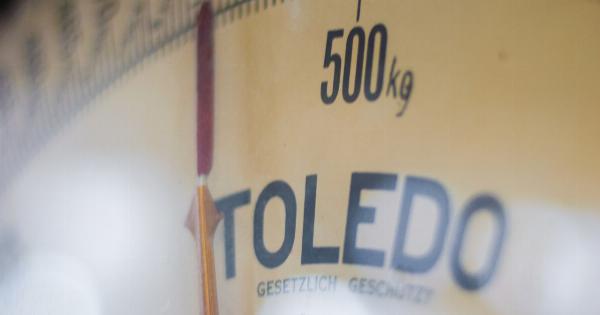Identifying your body fat composition is an essential aspect of maintaining an overall healthy body.
Body fat analysis can help you determine the amount of fat in your body and form the basis for developing a comprehensive health and fitness plan, including a healthy diet and exercise routine.
Body Fat Composition
Body fat is an essential component of our body, and its primary function is to store energy for later use. However, too much fat storage in the body can lead to obesity and various other health problems.
Body fat composition typically includes two categories of fat:.
-
Essential Fat
Essential fat is the minimum amount of fat required for the proper functioning of your body, and it includes fat around your heart, lungs, liver, and other organs.
The essential fat percentage varies based on age and gender, and men typically require 2-5% essential body fat, and women require 10-13% essential body fat.
-
Storage Fat
Storage fat is the extra fat stored in your body tissues all over the body, and it is often responsible for obesity and excess weight gain.
The storage fat percentage in your body can determine the risk of developing health problems such as heart disease, diabetes, and depression. Women typically have a higher percentage of body fat than men, due to their reproductive anatomy and hormonal activities.
Methods to Identify Your Body Fat Composition
There are various methods to identify your body fat composition, ranging from simple to sophisticated, and they include:.
-
Skin Fold Calipers
Skin fold calipers measure the thickness of your skin and subcutaneous fat using the pinch test method, and it is one of the most common methods used to measure body fat composition.
The skin fold caliper measurements are taken at four different sites on your body, including the triceps, abdomen, thigh, and suprailiac (above the hip). After taking the measurements, the data is plugged into an equation to calculate your body fat percentage.
-
Bioelectrical Impedance
Bioelectrical impedance measures the electrical conductivity of your body tissues to determine your body fat percentage. It works by passing a low-voltage electrical current through your body and measuring the resistance in the tissues.
This method is non-invasive and can be done at home using handheld devices or scales.
-
Hydrostatic Weighing
Hydrostatic weighing is considered the gold standard for measuring body fat composition, and it involves submerging your body in a tank of water to measure your body’s density.
By measuring your buoyancy in the water, your body fat percentage can be accurately calculated.
-
Dual-Energy X-Ray Absorptiometry (DEXA) Scan
A DEXA scan is a sophisticated method for measuring body fat composition and is often used in clinical settings. It uses low-level x-rays to measure the fat, muscle, and bone density in your body.
DEXA scans are costly, and they are not typically used for routine body fat measurements.
Interpreting Your Body Fat Composition
Interpreting your body fat composition can help you determine the appropriate steps to take to achieve and maintain a healthy body weight. The following are general guidelines for interpreting body fat composition:.
-
For Men:
- Essential fat: 2-5%
- Athletes: 6-13%
- Fitness enthusiasts: 14-17%
- Acceptable: 18-25%
- Obese: Over 25%
-
For Women:
- Essential fat: 10-13%
- Athletes: 14-20%
- Fitness enthusiasts: 21-24%
- Acceptable: 25-31%
- Obese: Over 31%
Conclusion
Identifying your body fat composition is crucial for maintaining a healthy body weight and reducing your risk of developing health problems such as heart disease, diabetes, and depression.
There are various methods to identify body fat composition, including skin fold calipers, bioelectrical impedance, hydrostatic weighing, and DEXA scans. It’s essential to interpret your body fat measurements correctly to develop a comprehensive health and fitness plan to achieve your weight and fitness goals.


























